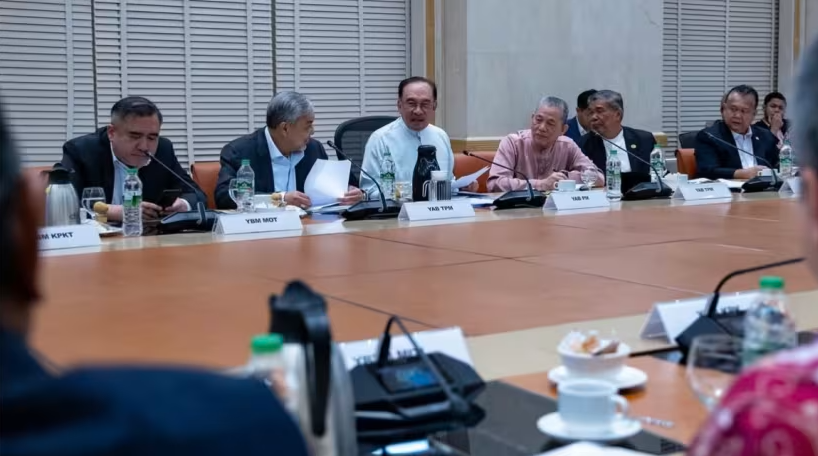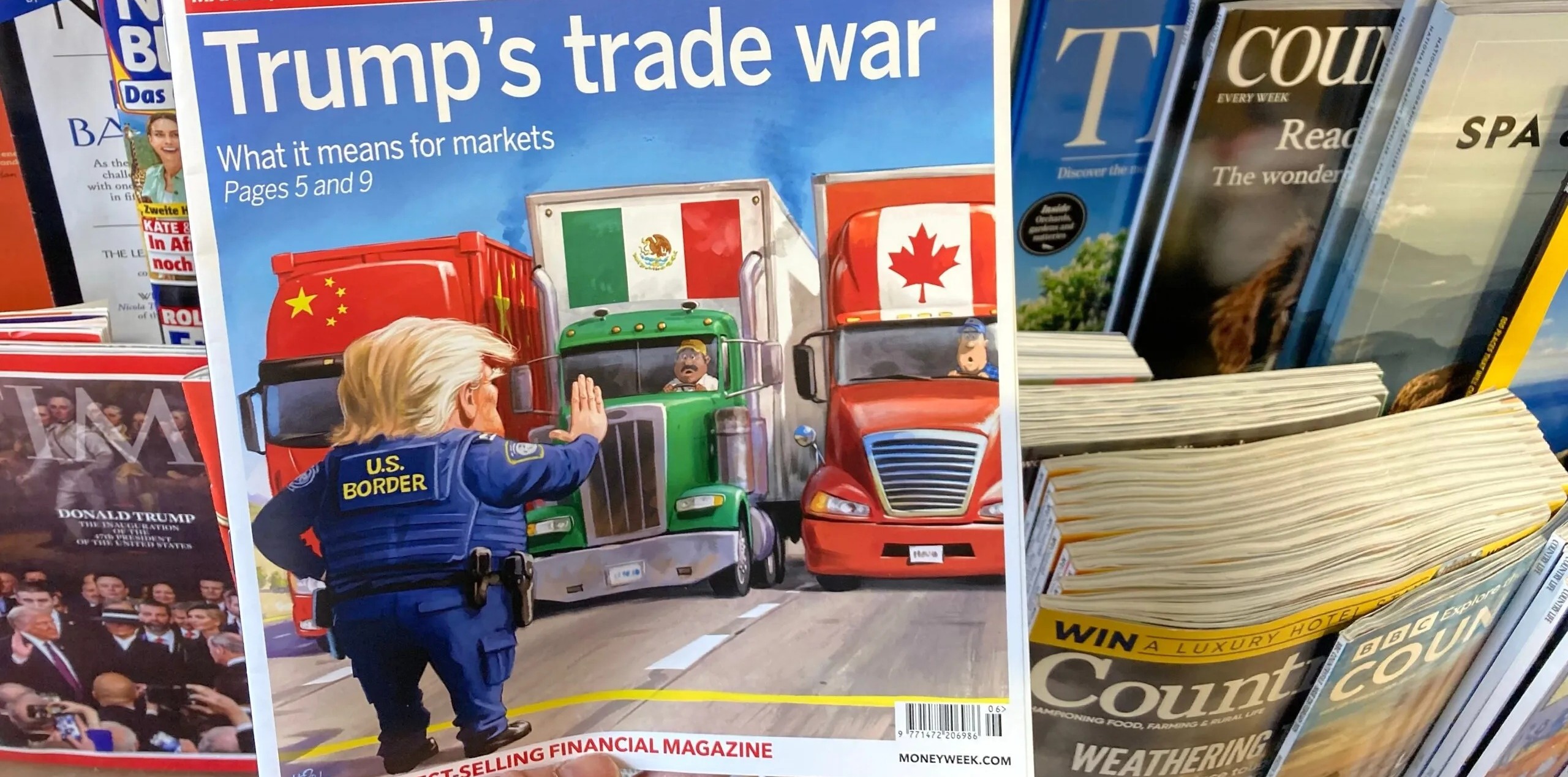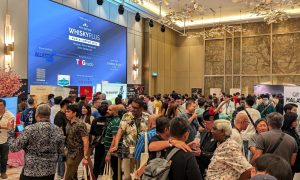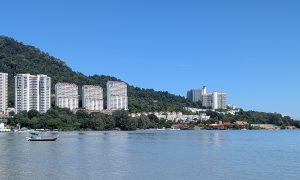Facing a fresh 25% tariff under Donald Trump’s latest trade tantrum, Malaysia is pushing for a deal with the US aimed at softening the economic blow and protecting key export sectors.
Malaysia will proceed with negotiations for a “comprehensive” trade agreement with the United States, the Ministry of Investment, Trade and Industry (MITI) said on Tuesday, following the announcement of steep new tariffs targeting Malaysian exports.
The move comes after US President Donald Trump revealed on Monday that he had sent formal notices to 14 countries, including Malaysia, imposing tariffs ranging from 25 to 40 percent. Malaysia was hit with a 25 percent rate, one point higher than the initial figure floated by Trump in April when he first announced his so-called Liberation Day tariffs.
In its statement, MITI said the government is committed to “continued engagement with the US towards a balanced, mutually beneficial and comprehensive trade agreement.” The ministry also noted ongoing efforts to clarify the scope and implications of the new tariffs, while pushing for a timely and constructive resolution.
Trump justified the tariffs as a means to address what he described as longstanding trade imbalances, citing “unsustainable trade deficits” as a rationale. In his letter to Prime Minister Anwar Ibrahim, he added that the measures could be adjusted “upward or downward” based on how bilateral relations progress. He also floated the possibility of lifting the tariffs if Malaysian firms shift more manufacturing operations to US soil.

AT HOME AND ACROSS ASEAN
In 2024, the United States was Malaysia’s second-largest trading partner and its single biggest export destination, with total trade valued at RM324.9 billion (US$77 billion), statistics that may surprise many consumers. Major Malaysian exports to the US include semiconductors, electrical and electronic goods, medical devices, palm oil derivatives, and rubber products. A 25 percent tariff on such items could sharply affect revenue, investment sentiment, and supply chain stability.
Malaysia is far from alone in being caught up in the latest trade action. Southeast Asia, deeply integrated into American supply chains, has been particularly hard hit. Vietnam, however, managed to strike a deal with Washington late last week, reducing tariffs on its exports to 20 percent in exchange for zero-tariff access for US goods and the imposition of a 40 percent tariff on re-routed third-country products.
Talks are also ongoing with Indonesia and Thailand, which face proposed tariffs of 32 and 36 percent, respectively. Trump’s August 1 deadline adds pressure on all sides to conclude negotiations quickly or risk seeing the full tariff regime come into force.
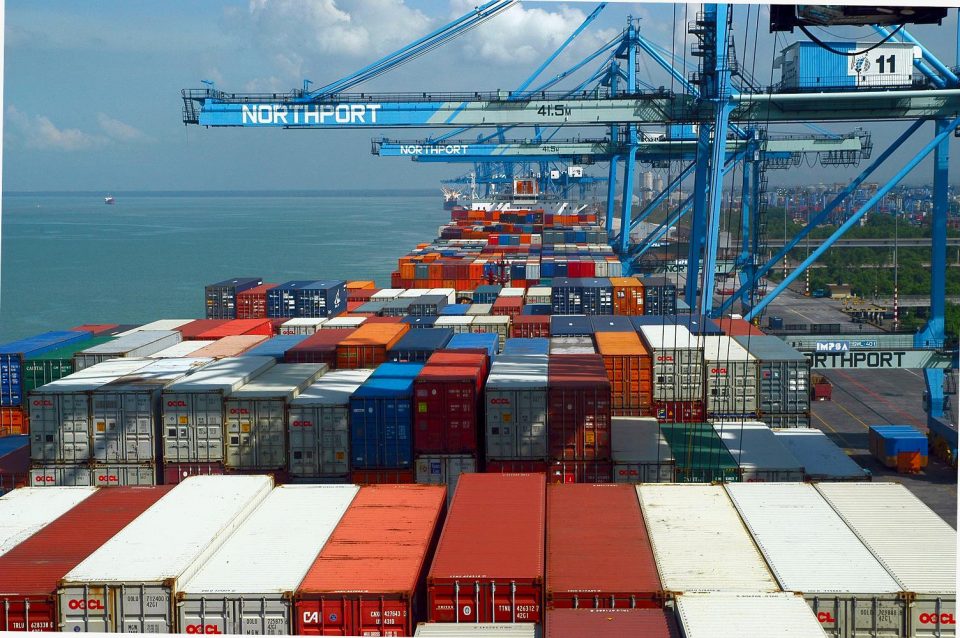
MITI warned that the unilateral nature of the US action could disrupt business operations and undermine mutual investment flows. It stressed that the government would take “all necessary steps” to protect Malaysian firms, workers, and consumers from the fallout.
However, many analysts remain pessimistic about the short-term outlook. As reported by the South China Morning Post, regional growth is expected to slow as American demand softens under the weight of new tariffs and reconfigured supply chains.
“The market network here is not strong enough. There are weak logistics and domestic markets are not large enough to make up for the shortfall,” said Kamles Kumar, Malaysia lead at Asia Group Advisors. “For now, it looks like a slow year ahead.”
Whether Malaysia can follow Vietnam’s lead and strike a face-saving agreement with the US remains to be seen. It would also be interesting to see what would happen if ASEAN behaved more like the EU – that is as a single economic bloc, giving the region far more collective leverage – and pushed back against Trump’s destructive tariff policies.
But absent a united ASEAN front, and with the clock ticking toward August 1 as Washington signals that further concessions could be extracted, Putrajaya has limited time – and limited leverage – to secure a deal that shields its economy from deeper damage.
